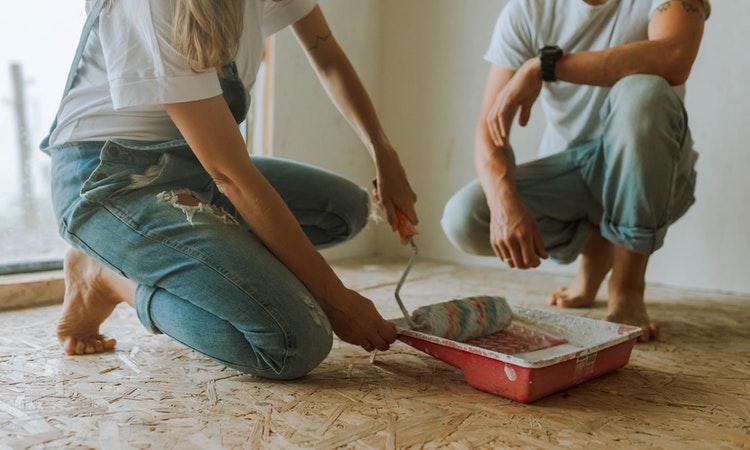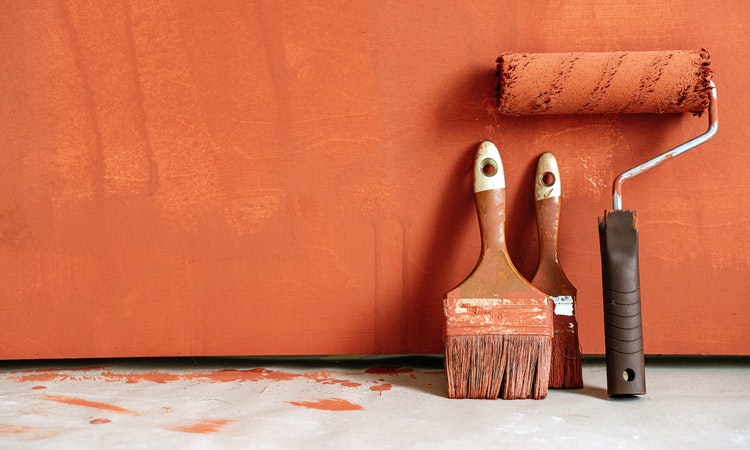How To Prep Walls For Painting To Achieve A Professional Finish
Painting your home is an eye-catching way to transform your living space, but it can be an expensive and challenging task if you’re a novice painter. If you need guidance on how to prepare the walls, this article offers tips to achieve a professional painter finish.
How To Prep Walls For Painting To Achieve A Professional Finish
-
Preparation Is Key
To prepare your walls for painting, start by removing all the furniture, putting things in storage, and cleaning the house. If you have large furniture that can’t be stored in another room, try looking at local storage options, such as Storage Sheffield, for somewhere safe and clean while you decorate properly. If you can, put plastic drop cloths down to protect the floors and walls. Spend time thoroughly cleaning the surfaces. Remove any particleboard, and use mildew-resistant paint to avoid leaks and water damage. Take a brush and scrape off any unwanted dust and dirt from the surface.
Light is also an excellent addition to your prepping process because light can enhance painting results. If you have many high-pigmented walls, light-colored paint may not work well for your living room. However, light color walls can also work very well with high-gloss paint and a high-shine finish. The basic idea of drywall restoration is to locate the water-damaged area, cut out the wet drywall, and point a fan directly at the affected area to remove any excess moisture.
-
The Right Paint
Invest in quality paint that will look good on the walls and last for many years. You can achieve a professional look with a smooth texture and a beautiful color. Make sure to use quality, latex, or oil-based paint. These paints work on brick, stone, and other surfaces, and won’t crack, chip, or fade. Test a small area and give it time to dry before using it on a large surface. Some more expensive paints work well for light colors but aren’t as durable for darker colours. Experiment with different tones and undertones until you find the right paint for your project.
-
Preparing the Walls
It’s best to use a contractor’s chemical primer and a paint primer in your final coat of paint. If it’s your own walls you’re painting, you’ll need to paint them with oil-based paint rather than latex paint. If you use latex paint, you’ll need to paint the walls with two coats, while oil-based paints only need one. A light spritz of water is usually all you need to smooth any edges and keep everything looking tidy. If you’re painting a wall of a room, you can tape off and use painter’s tape or even glue-gun your walls to the floor.
-
Applying the Paint
Proper prep work is necessary before painting to ensure smooth and even coverage and a perfect finish. Preparation methods and paint ingredients vary based on the type of paint you’re using, the floor you’re painting, and what your climate has to offer. The color itself is a unique formulation that you’ll need to prep correctly to ensure a professional and stain-free finish. Prep the surface before starting any project, and ensure that the surface you plan to paint is smooth and dry. Ensure that there’s no dust, dirt, oil or grease left on the surface. You may also need to prepare the walls by sanding them to remove loose paint and dried paint.
-
Touching Up and Filling In
One of the easiest things to do when preparing a wall is to touch up any blemishes. Cover any small white spots or any spots that are darker than others. It’s not necessary to repaint all the walls, especially if you have a white ceiling. When doing touch-ups, you can use your existing white paint, but you can do a complete wall replacement when doing larger pieces.
The home is your sanctuary where you should feel the most at ease, not constantly being reminded of your painting mistakes as they glare straight back at you as you sit in the lounge room. Follow these tips and tricks for a successful paint job. If you feel the painting is just not your calling, contact a reputable professional painter.


















